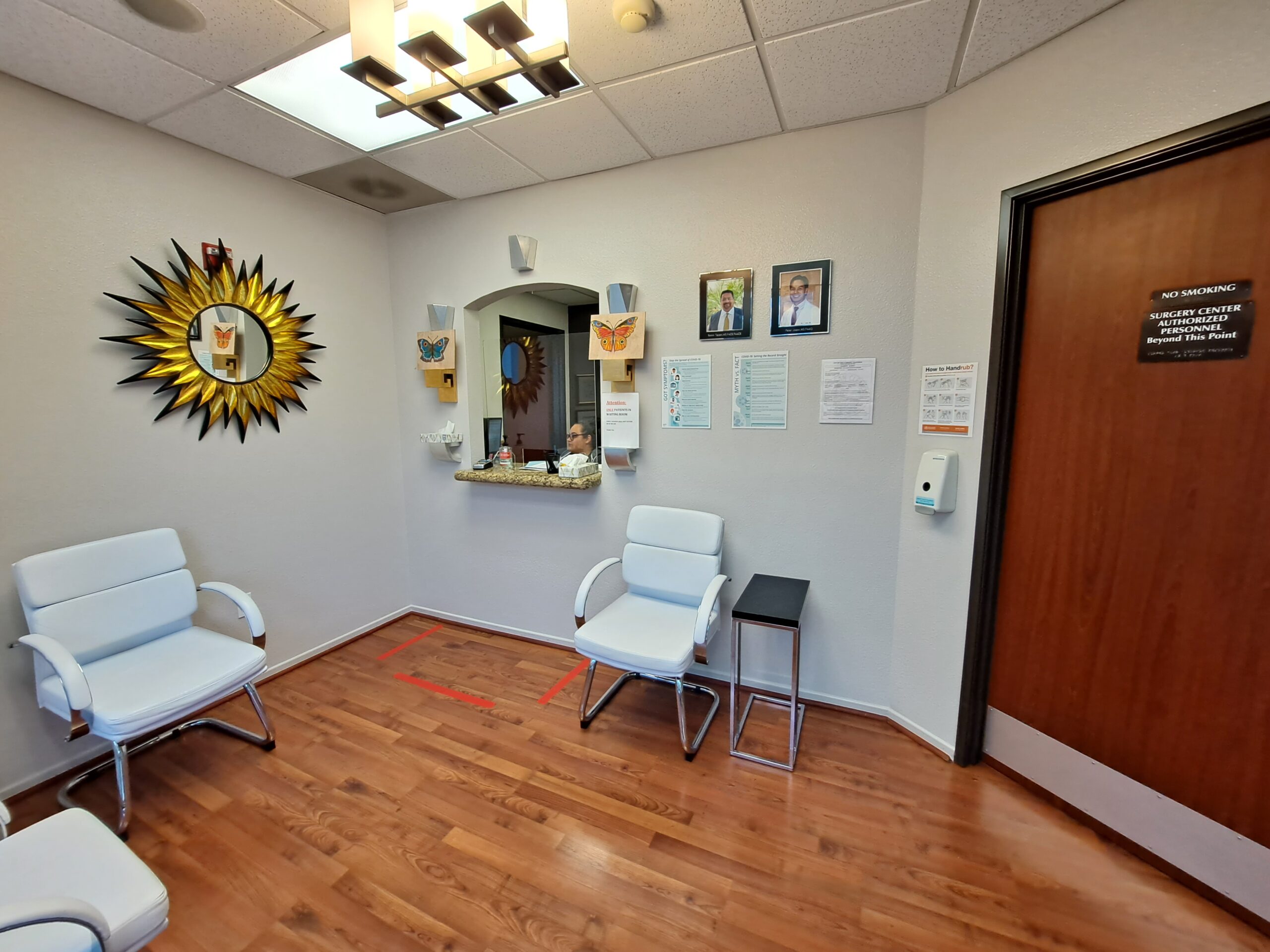Resources
Pay your bill online


Optical Boutique and In-House Lens Grinding Lab
We are here to provide you with the most current fashion eyewear and lens technology. We promise highly personalized eyewear services at our conveniently located offices.
West Coast Center for Surgeries, LLC
WCCS is a multi-speciality outpatient surgical center located next door to our Tayani Institute office in San Clemente.

Patients Testimonials



